
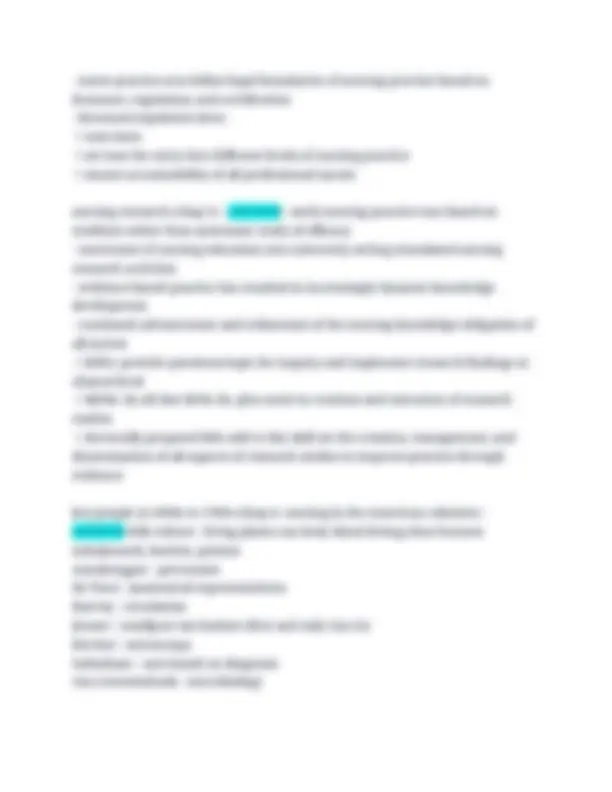
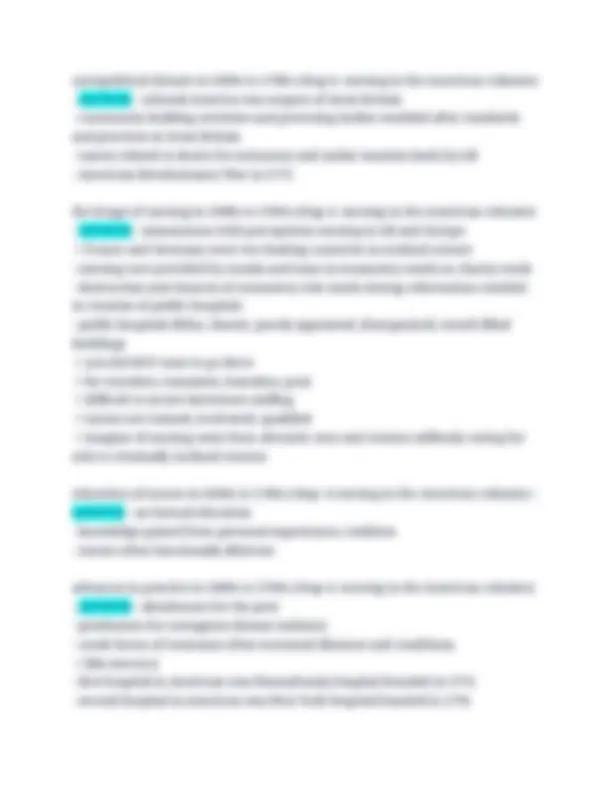
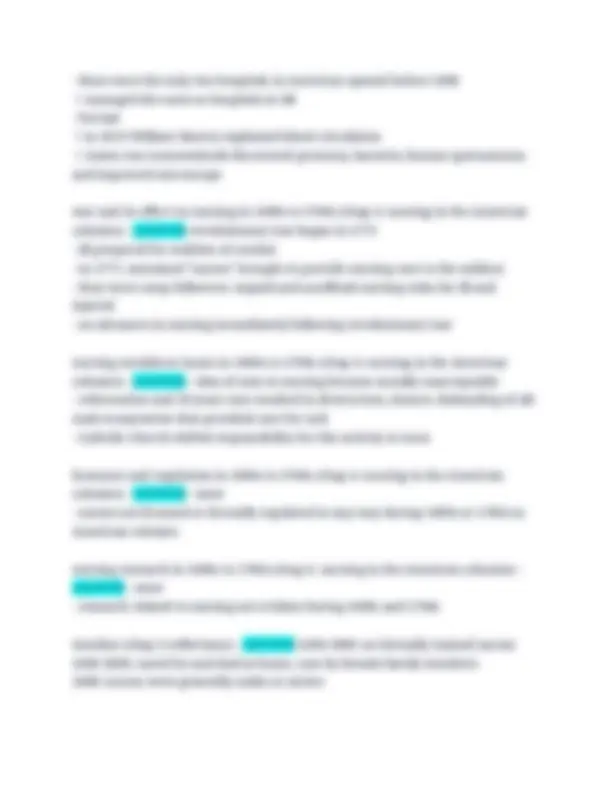
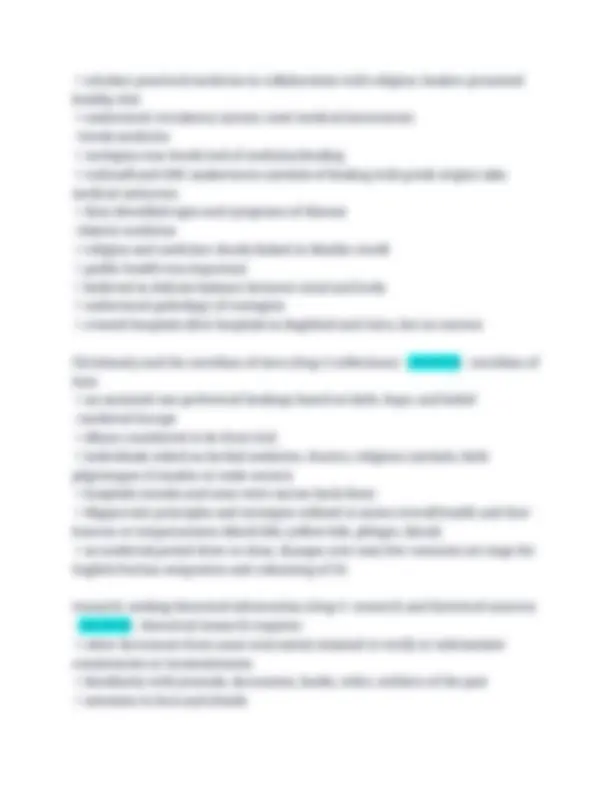
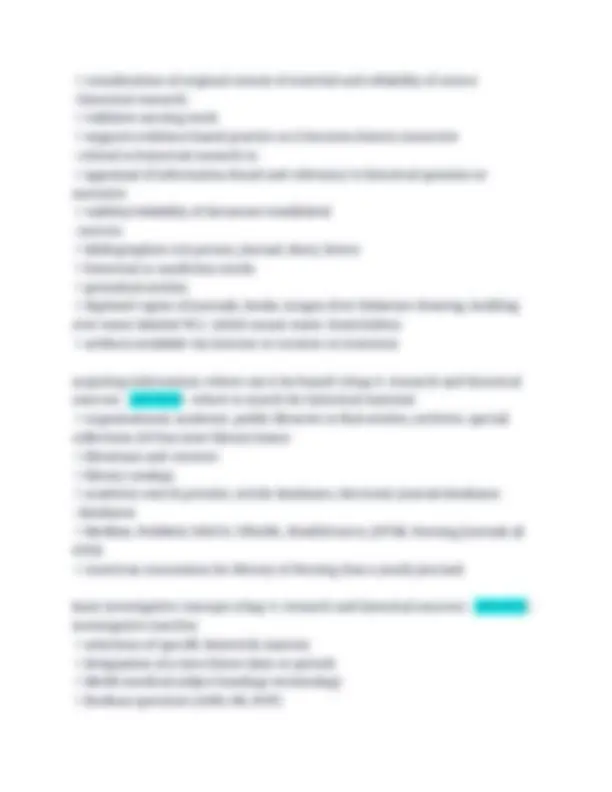
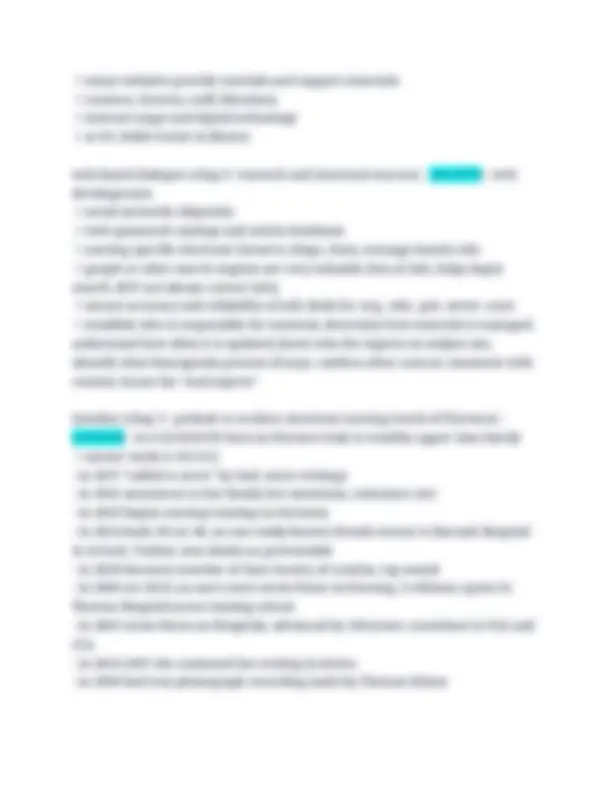
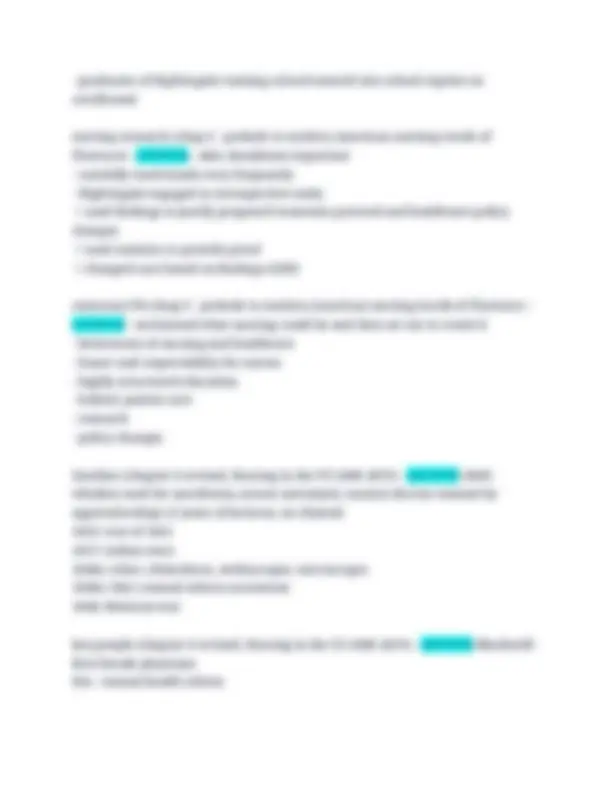
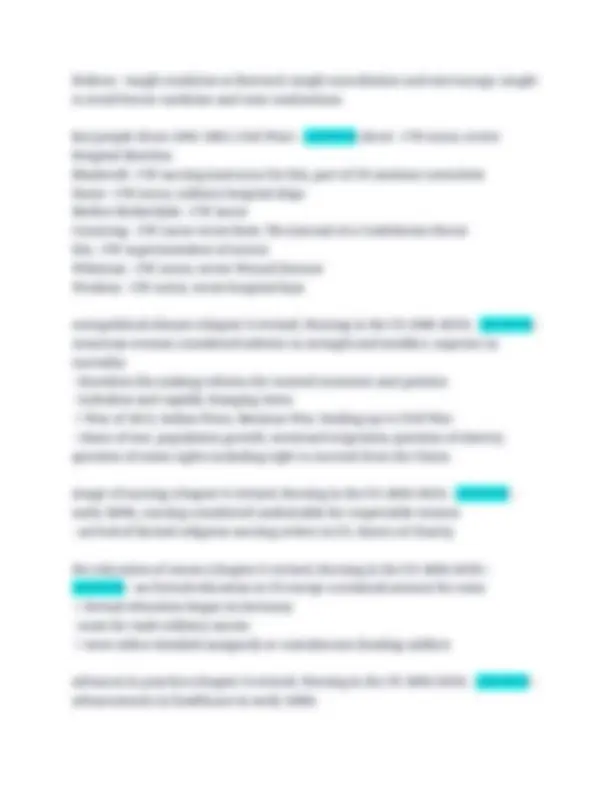
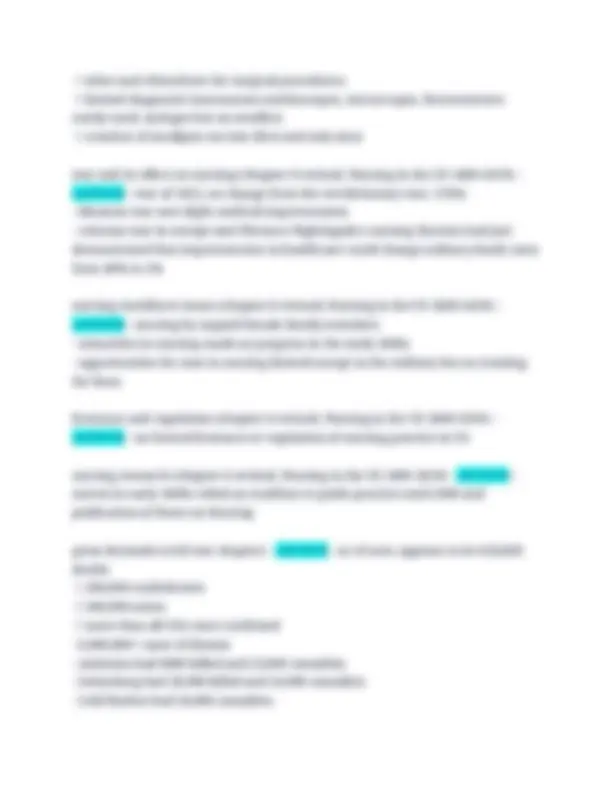
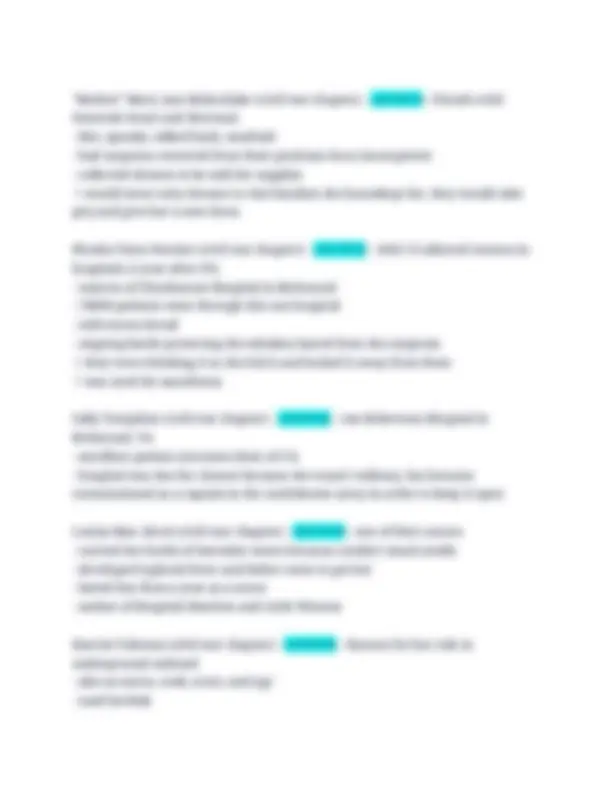
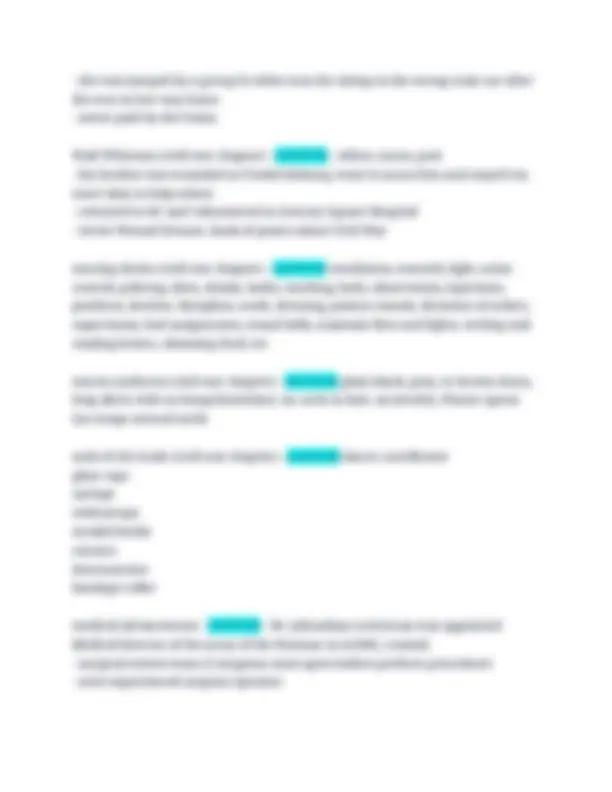
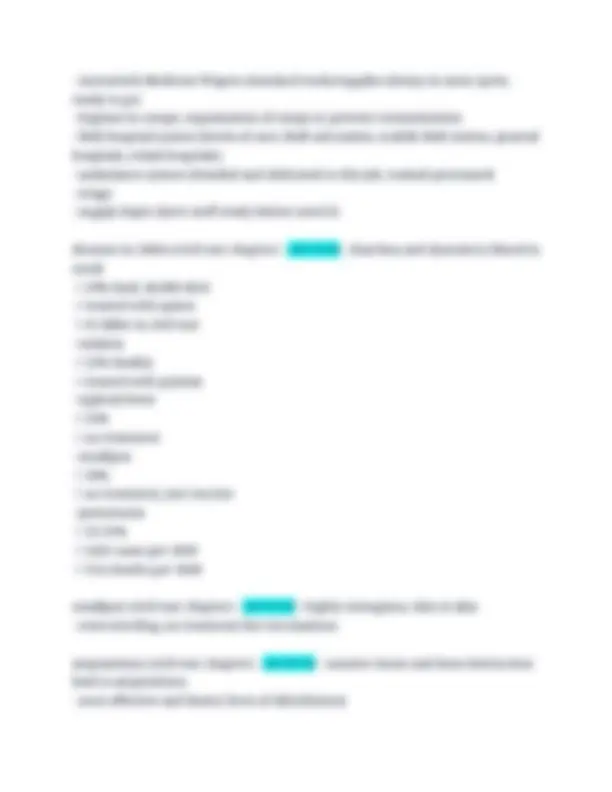
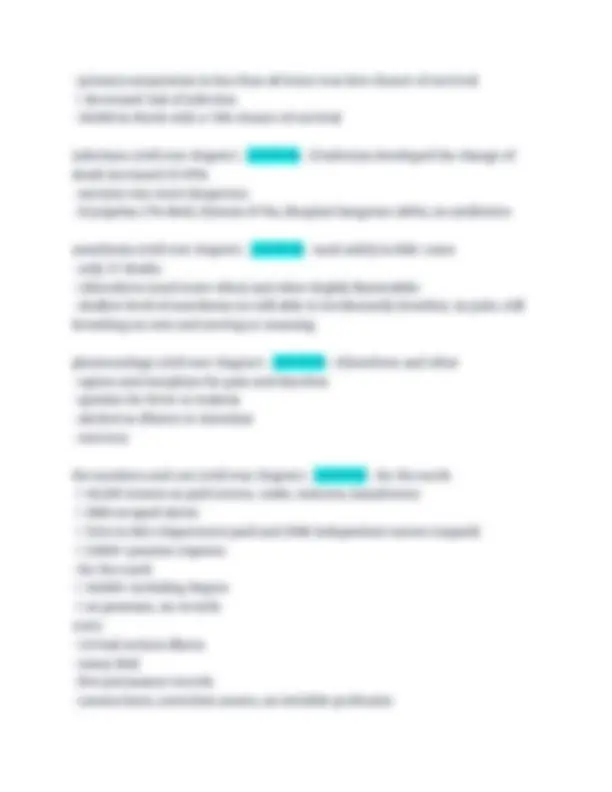
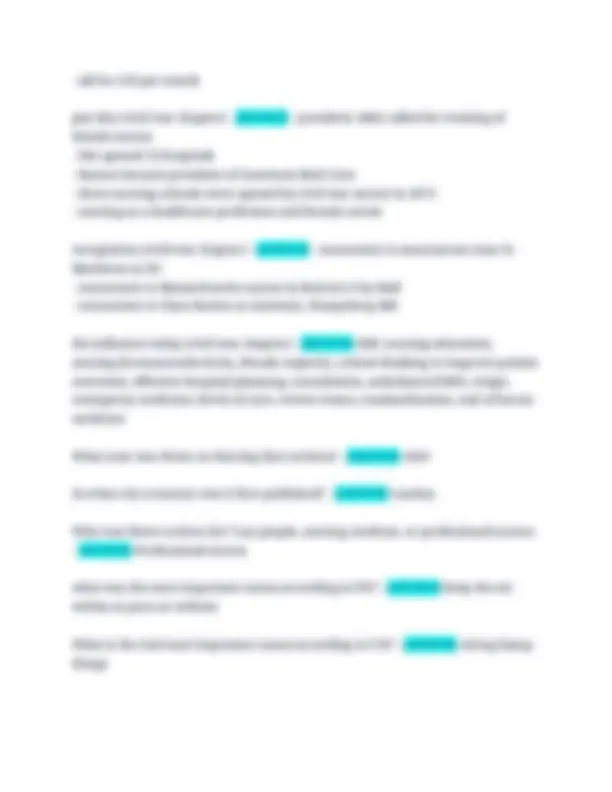
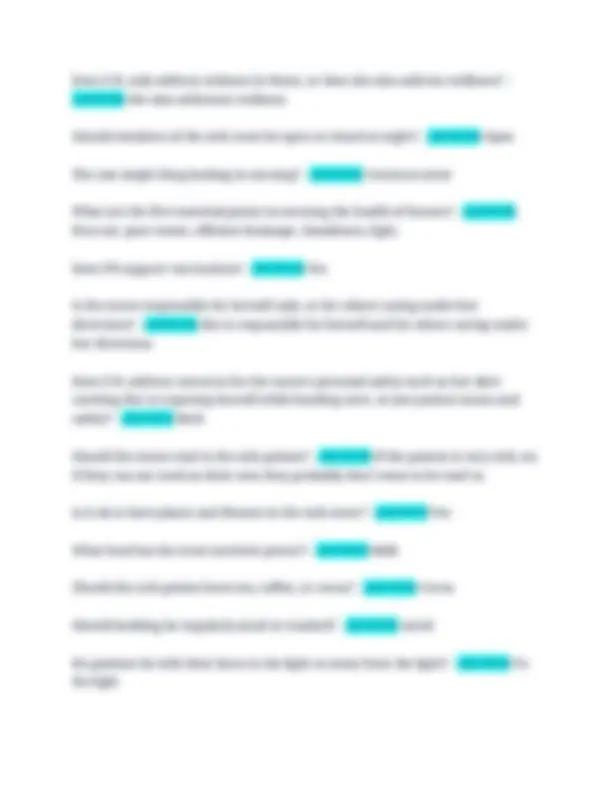
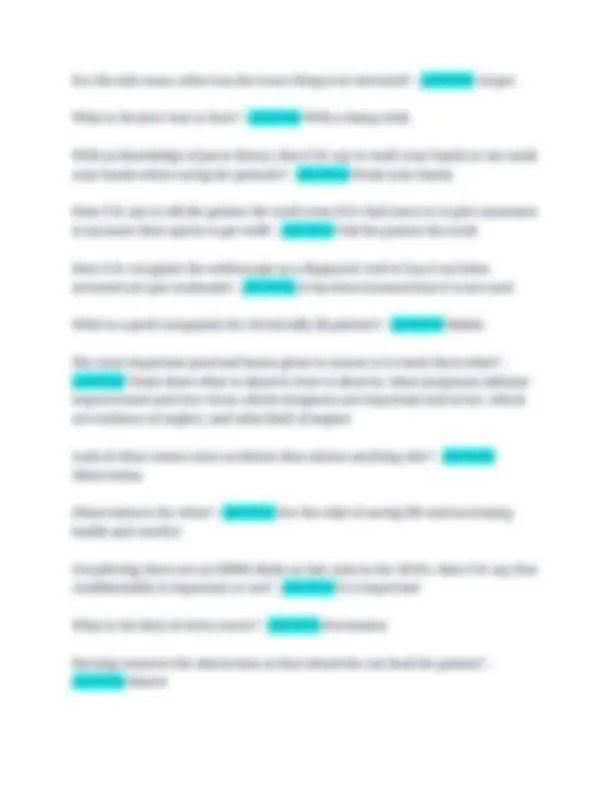
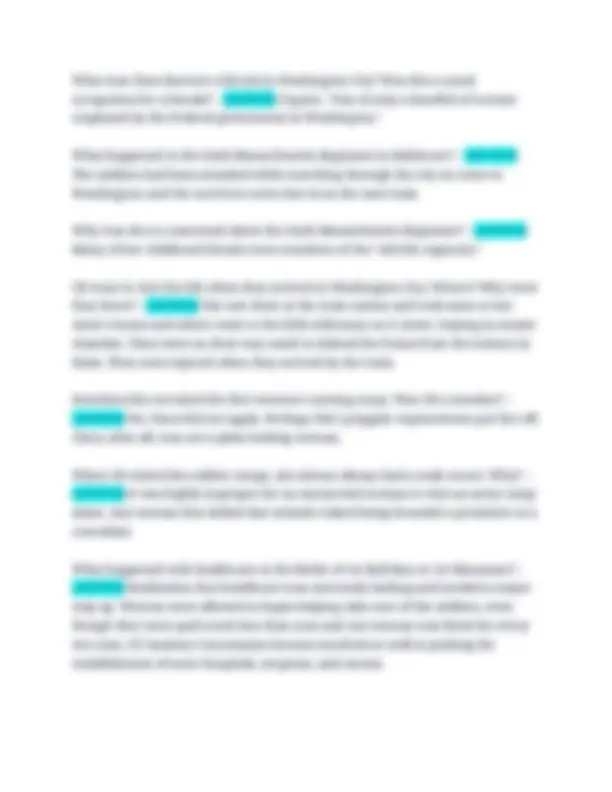
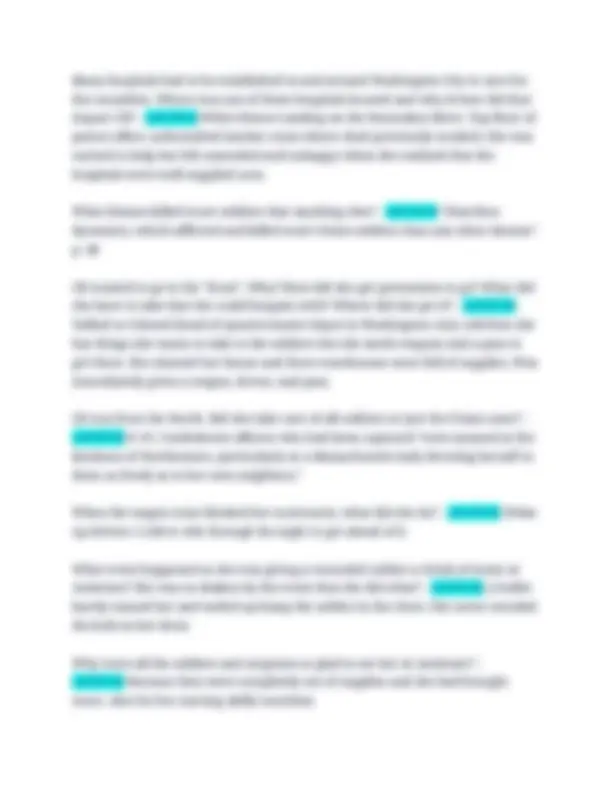
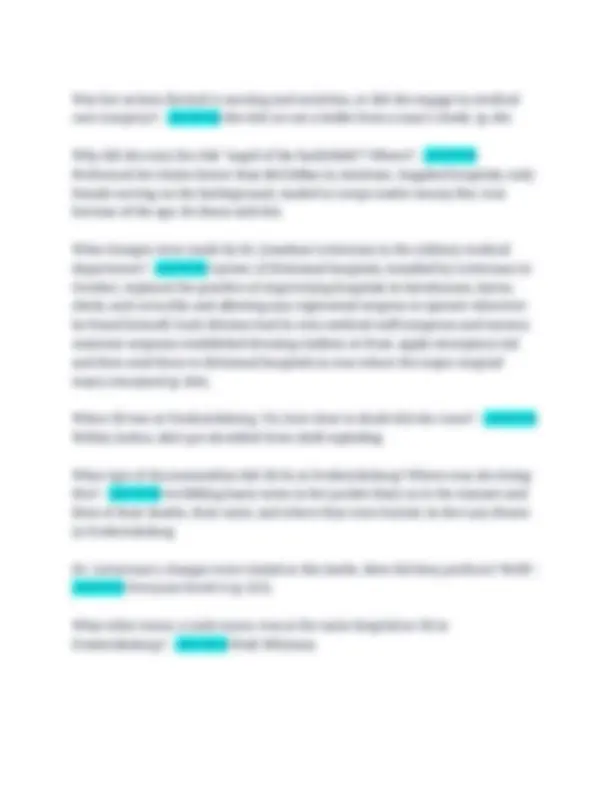
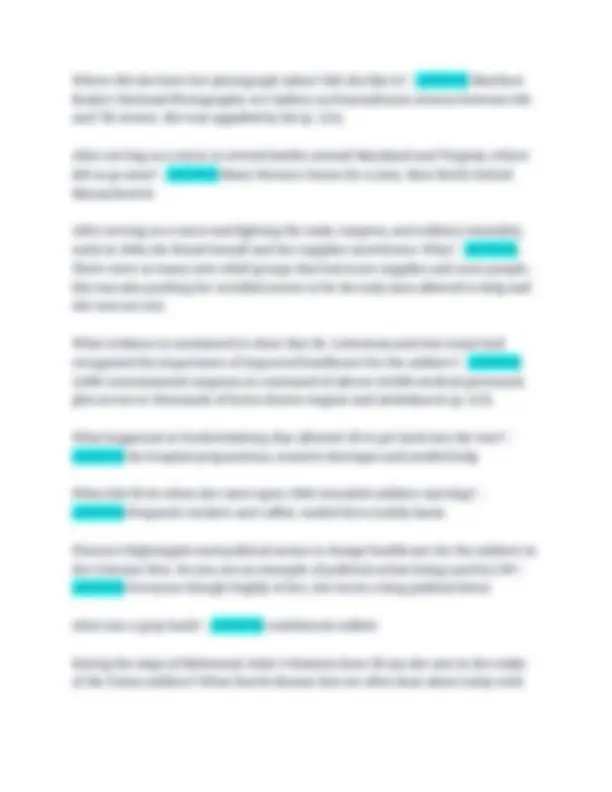
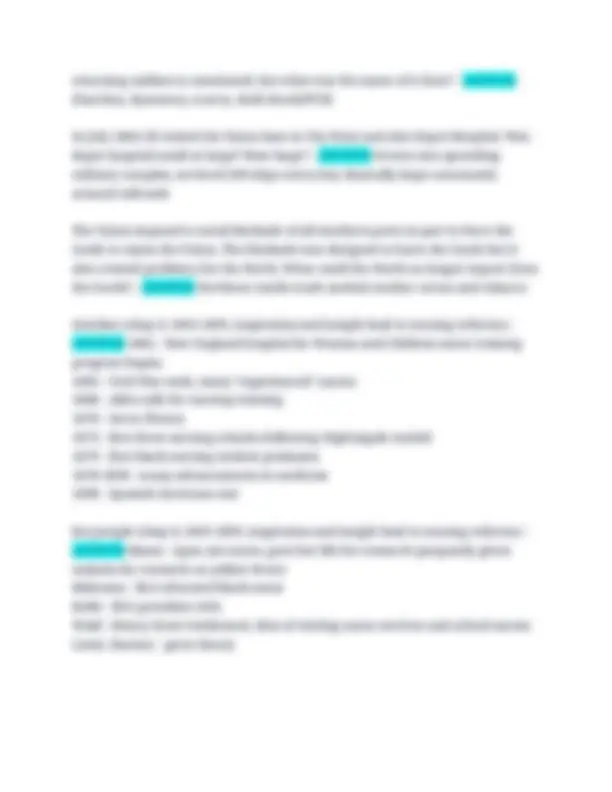
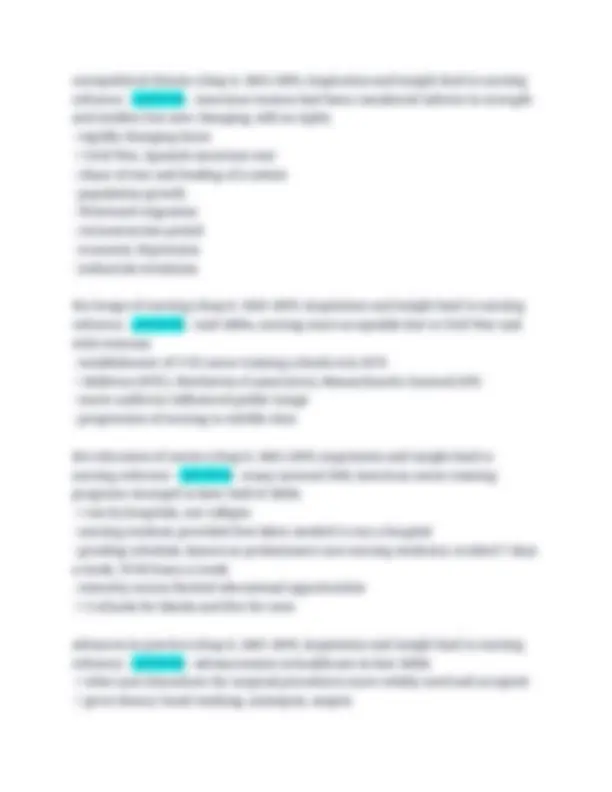
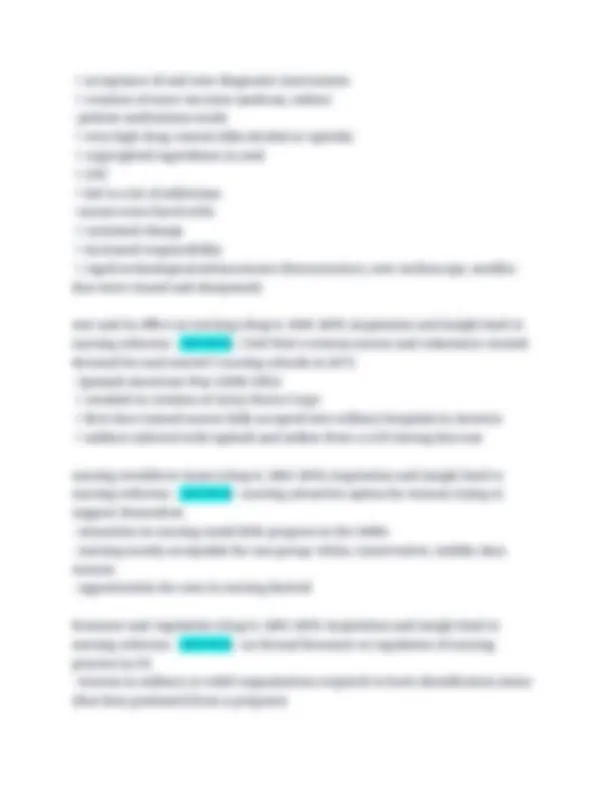
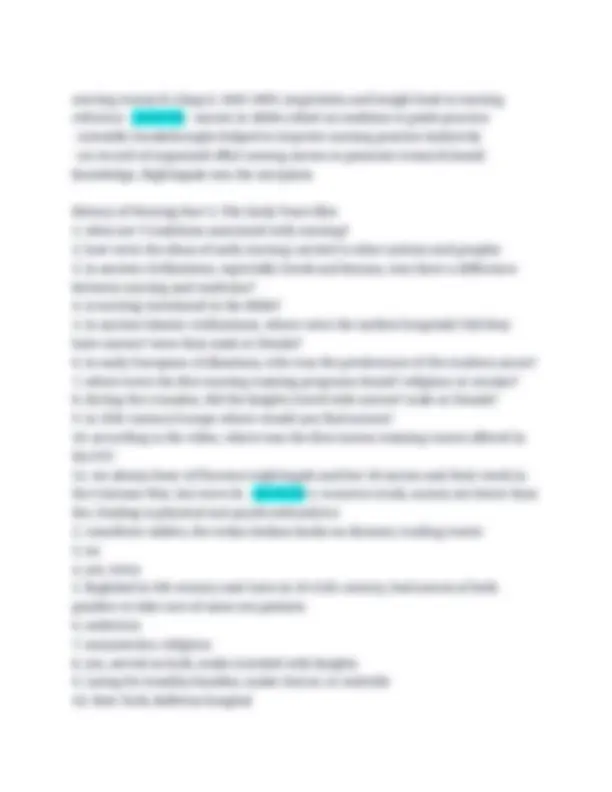
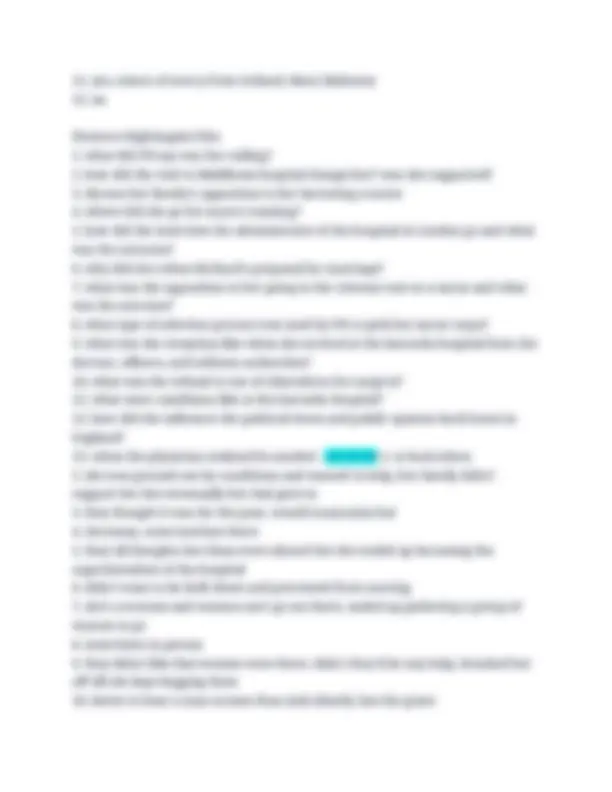
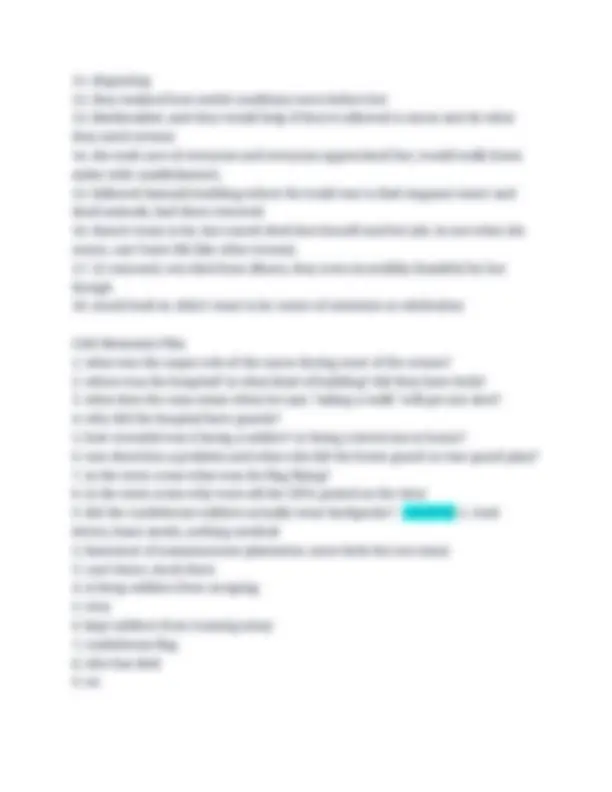
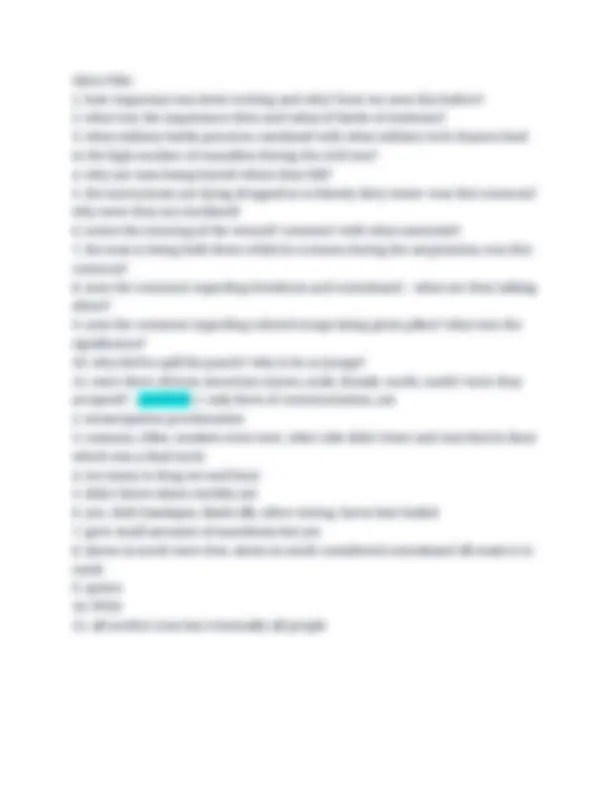


Study with the several resources on Docsity

Earn points by helping other students or get them with a premium plan


Prepare for your exams
Study with the several resources on Docsity

Earn points to download
Earn points by helping other students or get them with a premium plan
Community
Ask the community for help and clear up your study doubts
Discover the best universities in your country according to Docsity users
Free resources
Download our free guides on studying techniques, anxiety management strategies, and thesis advice from Docsity tutors
Honors 311 Midterm exam with complete solutions
Typology: Exams
1 / 35

This page cannot be seen from the preview
Don't miss anything!




























seven trends in nursing (chap 1) - ANSWER-image, education, advancement in practice, war, workforce issues, licensure/regulation, research
advances in practice (chap 1) - ANSWER-- advances in healthcare technology
sociopolitical climate in 1600s to 1700s (chap 4- nursing in the American colonies)
Holmes - taught medicine at Harvard, taught auscultation and microscopy, taught to avoid heroic medicine and toxic medications key people (from 1861-1865; Civil War) - ANSWER-Alcott - CW nurse, wrote Hospital Sketches Blackwell - CW nursing instructor for Dix, part of US sanitary committee Dame - CW nurse, military hospital ships Mother Bickerdyke - CW nurse Cumming - CW nurse wrote Kate: The Journal of a Confederate Nurse Dix - CW superintendent of nurses Whitman - CW nurse, wrote Wound Dresser Woolsey - CW nurse, wrote hospital days sociopolitical climate (chapter 6 revised, Nursing in the US 1800-1859) - ANSWER-- American women considered inferior in strength and intellect, superior in mortality
limited resources (civil war chapter) - ANSWER-- no hospitals